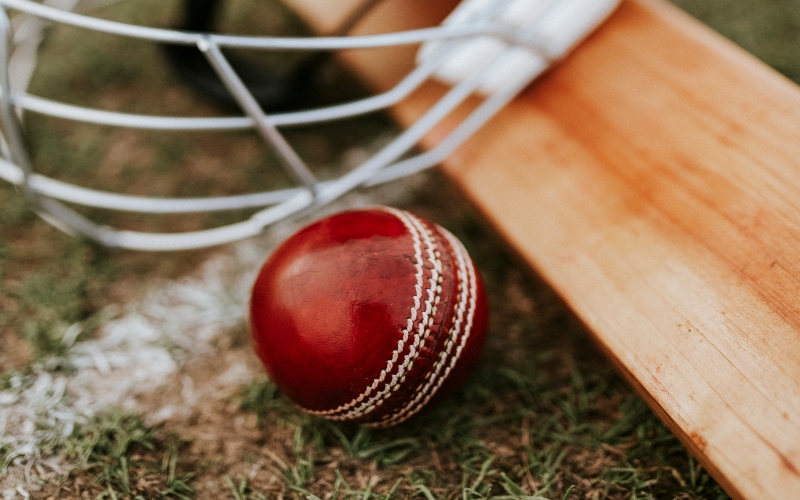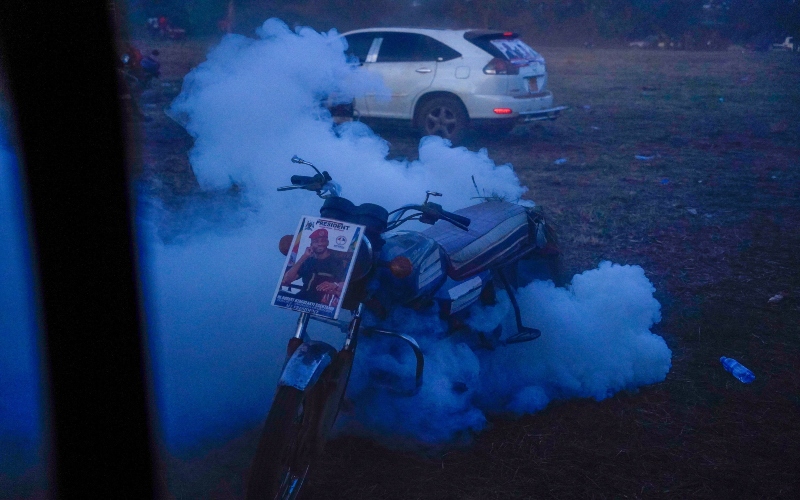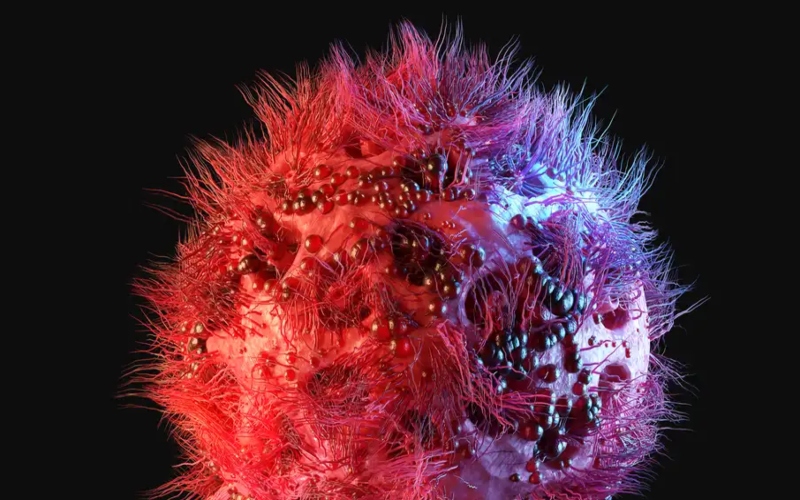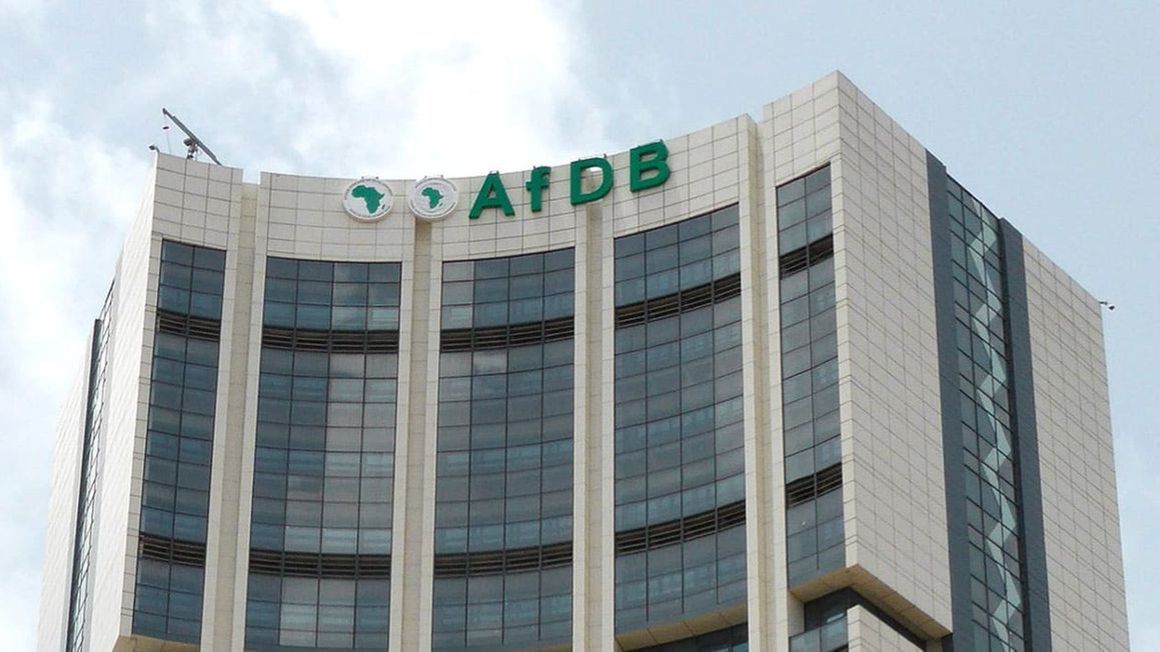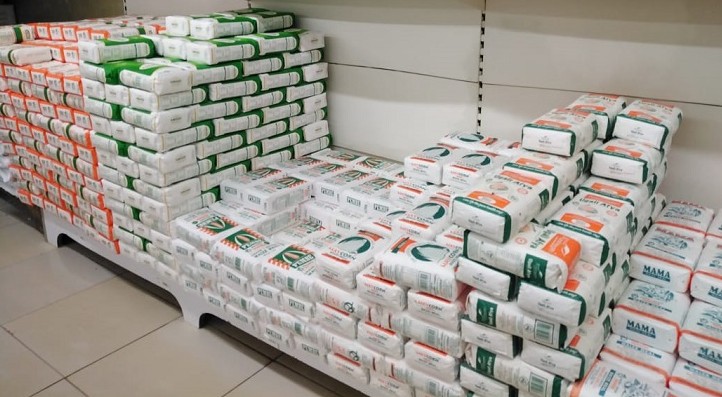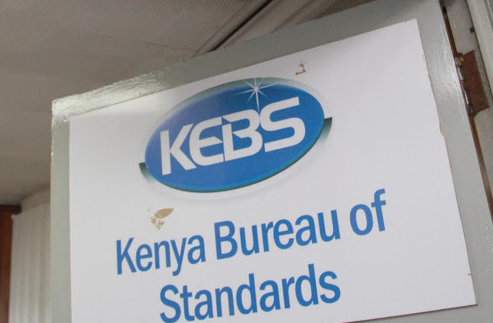Nine foods and things you should never put in your microwave
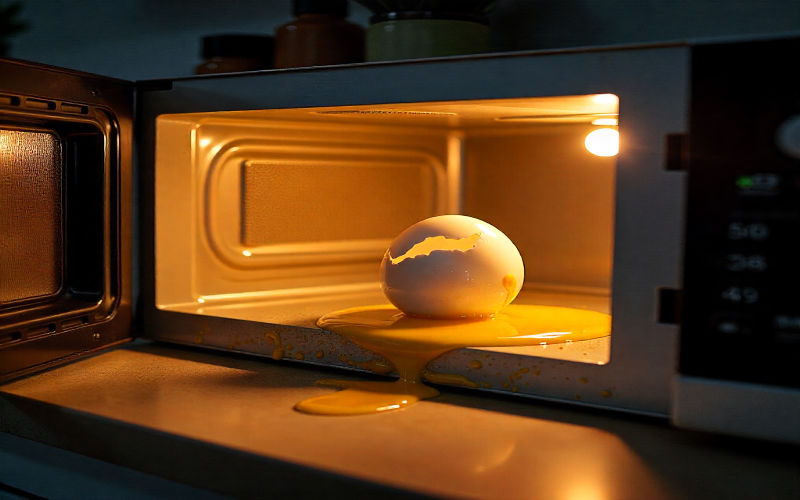
Avoiding these microwave mistakes will keep your kitchen and your health safe. That quick snack is not worth a fire, an explosion, or a dose of melted plastic.
Microwaves have long been a convenient solution for quick meals and fast reheating, found in nearly every home, office, and institutional kitchen.
But while they offer speed and simplicity, experts warn that not everything is microwave-friendly. From fire risks to chemical leaching and even exploding food, certain items can turn your trusted kitchen appliance into a danger zone.
More To Read
- No more last-minute rush: Why meal prepping is gaining popularity in Kenya
- Only three African countries will attain universal clean cooking access by 2050 - IEA
- AfDB powers regional growth with Sh67.7 billion clean energy investment in Tanzania, Rwanda and Zambia
- How to make perfect chips masala at home – crispy, saucy and full of flavour
- Crispy, golden and comforting: How to make authentic viazi karai at home
- Kenya Power to supply 47,000 subsidised electric cookers in clean energy push
Appliance safety experts and food scientists have compiled a list of the top culprits and why they should never go near your microwave.
1. Boiled eggs (whole, in shell)
Hard-boiled eggs might seem harmless, but reheating them in the microwave can cause them to explode violently. As steam builds inside the shell, it has nowhere to escape, turning the egg into a pressurised bomb.
Tip: Always slice or peel your eggs before reheating, or reboil in hot water.
2. Aluminium foil
Popular with foods like nyama choma (grilled meat) or party leftovers, aluminium foil is extremely hazardous in microwaves.
It reflects microwaves instead of absorbing them, which can cause sparks and fires within seconds.
Tip: Always unwrap foil, put it on a plate before placing food in the microwave.
3. Containers with metal handles or trim
Ceramic dishes with metal handles or silver linings may appear microwave-safe, but the metal components can spark or catch fire.
Tip: Choose plain glass or microwave-safe plastic without any metallic accents.
4. Plastic containers not labelled “microwave-safe”
Reheating leftovers in random plastic containers found in the streets of Nairobi or the market could expose you to harmful industrial chemicals like Bisphenol A (BPA).
Many plastics melt or degrade under heat, potentially contaminating your food.
Tip: Only use containers labelled 'microwave-safe' and avoid reusing takeout packaging; always transfer to a plate.
5. Styrofoam containers
Styrofoam, often used in takeout packaging, melts easily and may release toxic fumes or chemicals into food.
Tip: Always transfer food to a microwave-safe dish before heating.
6. Brown paper bags
Unlike commercial microwave popcorn bags, regular brown paper bags, which are often used on TikTok for popcorn DIY’s are highly flammable. They may also release toxins when heated.
Tip: Use approved microwave containers or commercial popcorn bags.
7. Polythene bags (plastic shopping bags)
These are quite common in Kenyan streets and shops for putting snacks and fruits. However, they are not heat-resistant and can melt or catch fire in the microwave.
They also risk leaching dangerous chemicals into your food.
Tip: Never microwave food in polythene. Use food-grade wraps or containers.
8. Processed meats
Heating hot dogs, smokies, sausages, or bacon in the microwave may seem convenient, but it can result in the formation of cholesterol oxidation products (COPs), linked to heart disease and inflammation.
Tip: Opt for baking, boiling or pan-frying instead of microwaving processed meats.
9. Tomato sauce
Thick tomato sauces like ketchup tend to trap steam, which leads to explosive splatters inside the microwave, or worse, burns when stirred. This is often found in baked beans.
Tip: Instead, you can reheat slowly in short bursts, covering loosely with a microwave-safe lid or use a sufuria to warm.
10. Cheese (in large chunks or wrapped in plastic)
Big blocks of cheese heat unevenly and may burn outside while remaining cold inside. Wrapped cheese can melt the plastic into your food.
Tip: Use shredded cheese and remove all packaging.
11. Empty microwaves
Running your microwave with nothing inside can damage its internal components, especially the magnetron, since there is no substance to absorb the waves.
Tip: Always have food or liquid inside before turning it on.
Avoiding these microwave mistakes will keep your kitchen and your health safe. That quick snack is not worth a fire, an explosion, or a dose of melted plastic.
Top Stories Today

